On June 6, 1730, approximately ninety-six Africans held captive on a slave ship revolted against the ship’s captain and crew, eventually taking control of the entire ship.
The British ship Little George set sail from the Bonnana Islands of Guinea on June 1, 1730, with Guinean captives bound to be sold into slavery in the colony of Rhode Island. Despite their heavy iron shackles and being locked in the lower deck of the ship, a few of the captives were able to escape to the upper deck on the fifth day.
Read the following excerpt written by historian Samuel Momodu for BlackPast.org to learn what happened next:
Getting on the ship’s deck, they seized weapons and killed three of the crew’s watchmen who were attempting to alert other crew members and Captain Scott.
Some of the captives made a bomb out of gunpowder pressed into a bottle, which they threatened to ignite. Recognizing that the explosion would have damaged and perhaps sunk the ship, the crew surrendered to the African captives. Without any sailing or navigation experience, the Africans, now in control of the ship, were able to turn it around and sail it back to the African continent. After a few days, the Little George reached the mouth of the Sierra Leone River where both the Africans and the British crew abandoned the ship. Later rescued by another slave ship, Captain George Scott, described in detail the revolt, thus leaving a record for later generations.
This entry was prepared by Emma Haseley and draws on an entry from BlackPast.
Find resources below to teach outside the textbook about resistance to enslavement.

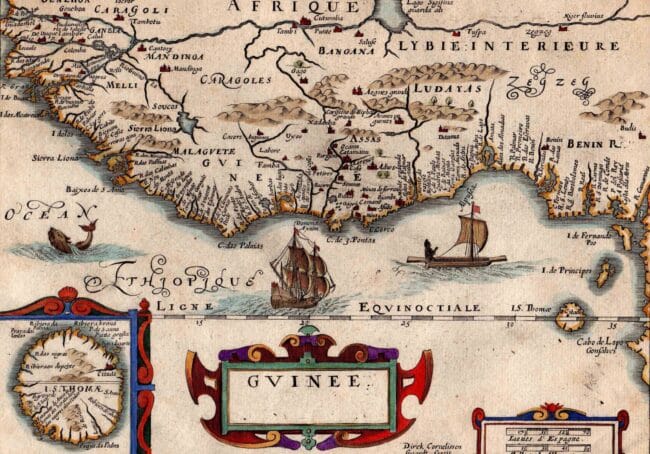
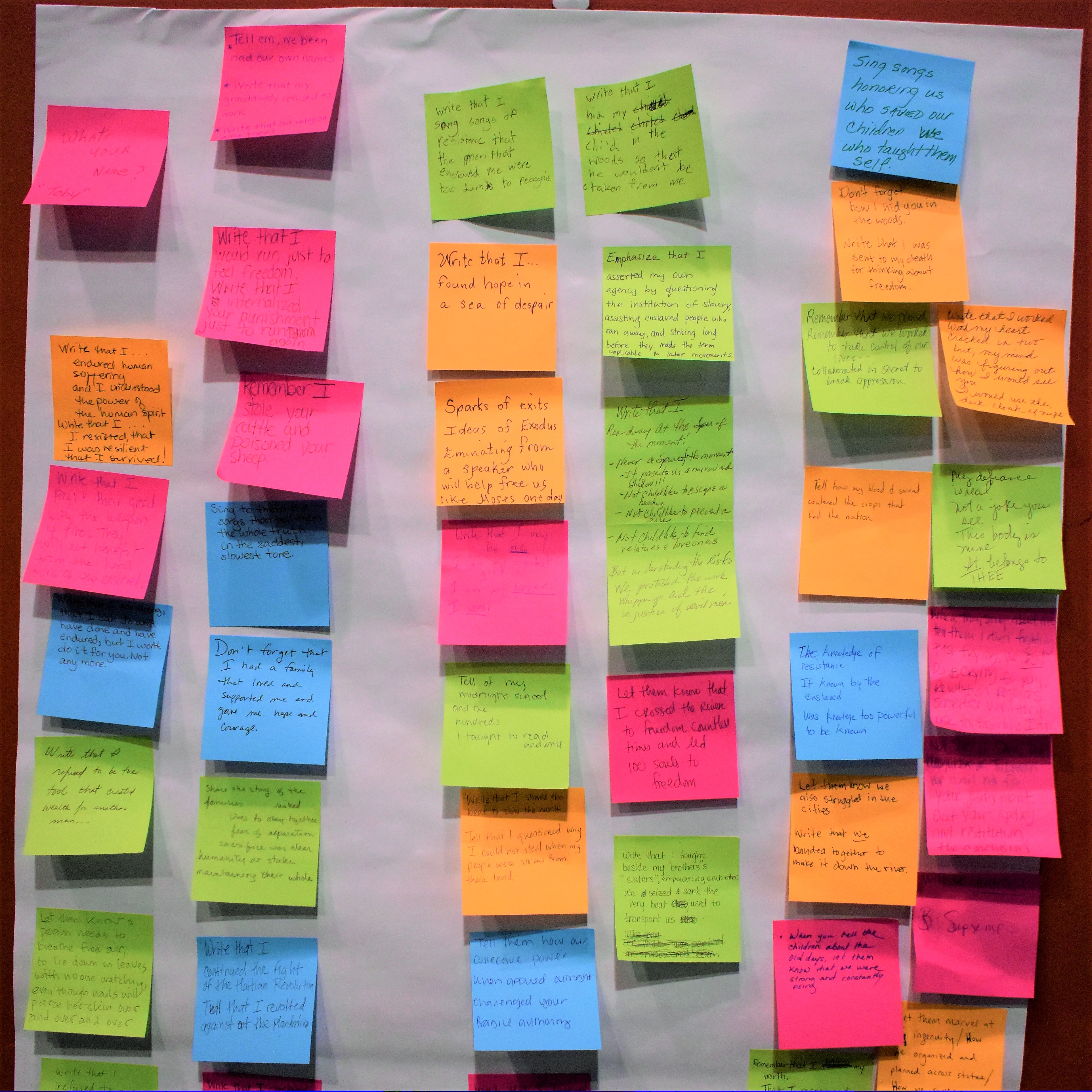


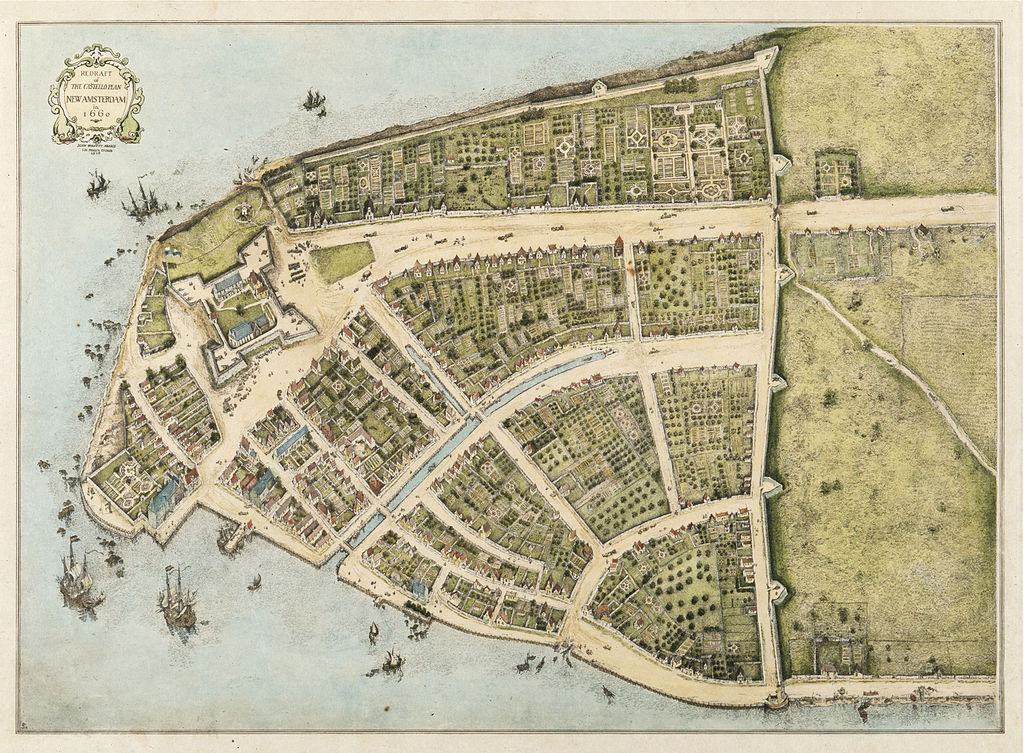
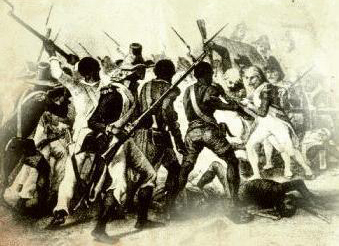
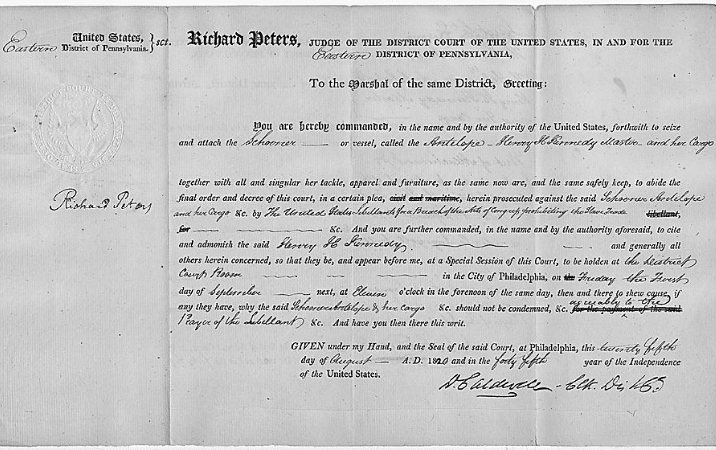






Twitter
Google plus
LinkedIn